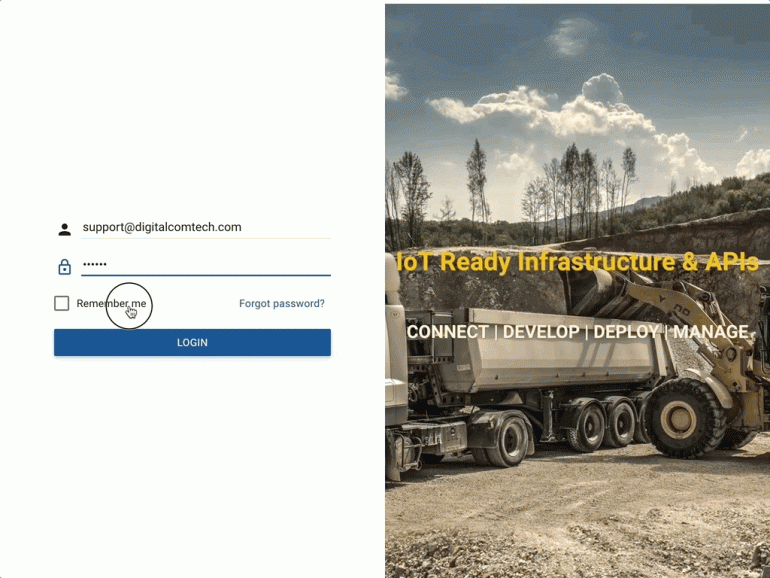Quick Start
This is a quick start guide into using the Pegasus IoT Cloud platform effectively.
Download User Guide in PDF format
Common Terminology
Gateway – used to refer to the actual tracking page, system, or portal
Device – electronic equipment that’s installed in cars primarily for fleet management
Events – whenever the device pings the server or reports, it sends an ‘event’. This event generally has location info, but it can also include other info such as engine data or photos.
Asset – an asset is generally referred to a person or individual that can be tracked and assigned to vehicles
Vehicles – primary tracking unit that the platform monitors
Entities – refers to any vehicles or assets
Modules – used to refer to the mini-applications inside the system, such as tracking, trips, alerts, etc
Widgets – sections inside the modules with different functionalities
Automation – the name of the module where notifications (triggers) are created
Triggers – also known as alerts or notifications, they can use a combination of conditions and make many actions happen
MDT – is a device mode where you can send text to the device directly via it’s communication port
Taurus – a mobile application that’s used to track the phone’s location
Home Page
On the home page, you can click on the "Forgot Password" link to send a password reset link to your email. You can also stay logged into the system by clicking on the "Remember Me" button.
Once logged in, you can change the preferences of your system by clicking on the person icon in the upper right-hand corner and clicking "Preferences".
Once you’ve set the preferences you will find the menu for the different apps in the upper left-hand corner. If you don’t have access to any of the apps please contact your site administrator for assistance.

Updated 15 days ago
